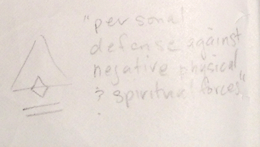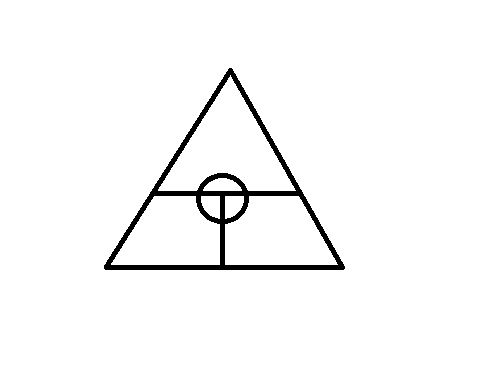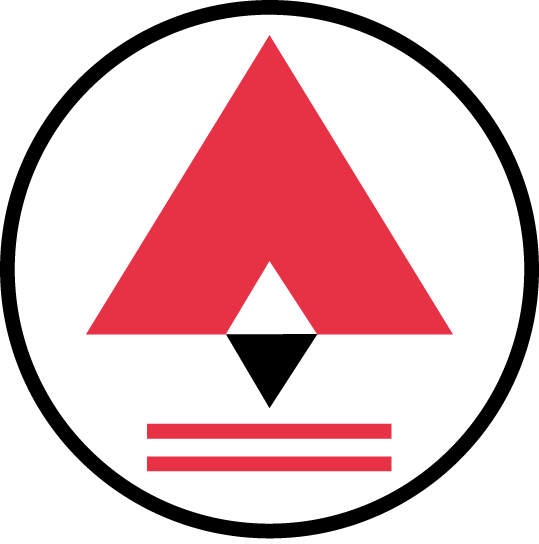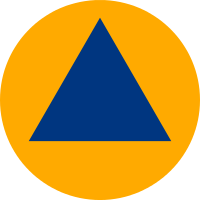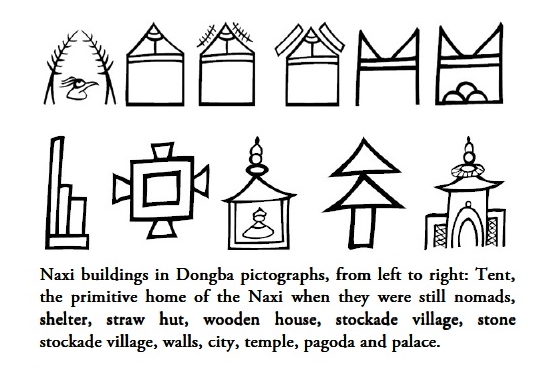PATH LOGO
The American Medical Women's Association founded Physicians Against the Trafficking of Humans (PATH) to help educate healthcare providers about human sex trafficking. Led by co-chairs, Dr. Suzanne Harrison, Dr. Holly Atkinson, and Dr. Kanani Titchen, PATH was building an extensive network of leaders nationwide who will bring this knowledge to their local medical communities. I was asked to help create a logo for the new program.
The goal of the logo "should graphically present idea of doctors helping young people away from sex trafficking. It should convey to medical professionals and patients they were in the presence of someone prepared to discuss the issue and help by creating a path to safety for victims."
Process & Rationale
I typically start my research the same for projects like these: start with a simple query on Google Images. This provides a foundation of how other designers or artists have created a graphic that may be related to a concept. This is either successful immediately or the beginning of a long process of query refinement. I haven't had the experience of something that falls somewhere in the middle. Either way is great, and usually equally successful. The longer journey provides the extra bonus of learning about subjects that fall outside of my typical interests. I've included some highlights at the end of the page.
My First Queries
I started with descriptors from the brief -- Protection, Path, Recovery, Liberty, Liberation, Safe, Health, Trust.
Protection was a concept that had many symbols and icons versus some of the other ideas I searched. "Protection Symbol" seemed to have the most, and most varied, results. A subject with lots of options and differentiation.
At the time Google's Image Search design had improved a great deal. A general search like the one I focused on shows sub-categories at the top of the page that suggest more refined search options. (image below)
Next
I chose the "Ancient Symbols" path, figuring this would be a good start for concept inspiration. While exploring and going down tangential paths, I took notes along the way, capturing symbols of interest.
As I gathered this information a pattern started to emerge. Several cultures used the triangle shape to connote protection.
Due Diligence
The next step was to investigate the origins and verify the meanings of the symbols. That way the final logo doesn't borrow, or align with controversial or negative meanings unintentionally. I also found a lot of other symbols that had potential. Since Google's Image Search is a visual search, a user doesn't know what information goes with the image unless they click to the referring page. This is typically an exercise where my search starts out with a firm, "Yay! I'm on to something." Then quickly turns into "Oh. Boo."
- Protection of One Child.
The first symbol below signifies "protection of one child," with the triangle in the center representing the child, the next two symbols add more triangles for more children. It was difficult to find the source of these symbols, most of the pages identified them as "pagan" only. Only one reference actually sited, Wicca: A Guide for the Solitary Practitioner, by Scott Cunningham. (Boo.) - Protection Symbol
The next symbol, #4, was found on Wikimedia Commons, and titled "Protection Symbol," I could not find a source or where it was used. A bit of a dead end. - Long-term personal defence against negative physical and spiritual forces
To my disappointment, #5 appeared in several blogs that included the in the title, "Extraterrestrial symbols of spiritual protection" - Civil Defense
On one of my searches outside of ancient symbols, #6 came up as a result. "Civil defense, civil defence or civil protection is an effort to protect the citizens of a state (generally non-combatants) from military attack." - Shelter, Naxi
Many pictogram languages used the triangle to represent shelter, like the Naxi's Dongba - Shelter, Tribes of Indian Nations
The tipi (tepee, teepee) is a very recognizable symbol in western culture. On Winter Count - 1890/1900 Dakota Sioux, the tipi with text indicates where and when the tribe made camp. - Tipi
The tipi was used by Herbert W. Kapitzki, in System of signs for sporting and leisure pursuits, 1969. If you grew up road tripping in the United States, you know this means "camp grounds."
Create the Concept
At this point I had a series of triangle symbols of similar meaning. The pattern was a good one to follow, so the next step was to take the best of these examples and make an own-able symbol.
I wanted the primary form to be a triangle
I loved the idea that there's a symbol specifically for the protection of children, but I didn't want an association with Wicca. I thought a softer representation of a child would be a simple circle.
Here's some highlights of the interesting things I learned during my research (really just the tip of the iceberg):
1. The Evolution of the Alphabet
2. The Types of Writing Systems
http://www.omniglot.com/writing/types.htm
3. Pictogram vs. Logogram vs. Ideogram vs. Icon
Pictogram - (or Pictograph) A symbol which is a picture that represents an object or concept, e.g. a picture of an envelope used to represent an e-mail message. Pictograms are common in everyday life, e.g. signs in public places or roads
Logogram - (or Logograph) a single symbol representing an entire morpheme, word, or phrase, as for example the symbol (%) meaning per cent
Ideogram - a sign or symbol, used in such writing systems as those of China or Japan, that directly represents a concept, idea, or thing rather than a word or set of words for it
Icon - is specific to interfaces on computers or other electronic devices.
4. The Naxi Dongba script (South China) is the only pictographic script still in use in the world.
http://www.ethnic-china.com/Naxi/naxiintro.htm



